Are you someone who struggles with weak ankles? If so, you know how crucial it is to find the right pair of shoes that offer the necessary support and stability. Whether you’re navigating daily walks, engaging in sports, or simply moving about your day-to-day life, the right footwear can make all the difference. In this comprehensive guide, we’ll explore the best shoes for weak ankles, offering insights, comparisons, and tips to help you make the most informed decision.
Understanding Weak Ankles
Weak ankles can be a result of various factors, including past injuries, muscle weakness, or inherent structural issues. A study published in the Journal of Foot and Ankle Research found that ankle sprains are common injuries that can leave lasting effects, including chronic instability. This instability often leads to a cycle of recurrent sprains if not managed properly. Thus, choosing footwear that provides the right support is essential.
Signs You Might Have Weak Ankles
- Frequent ankle sprains or injuries
- Feeling of instability when walking on uneven surfaces
- Localized pain or swelling around the ankle
- Difficulty balancing or performing simple ankle exercises
Key Features of Shoes for Weak Ankles
When searching for shoes designed to help with weak ankles, certain features should be prioritized. Here are some essential attributes that can aid in providing the needed support:
1. Ankle Support
Look for shoes with high tops or built-in ankle supports. These styles help stabilize the ankle and prevent rolling during movement.
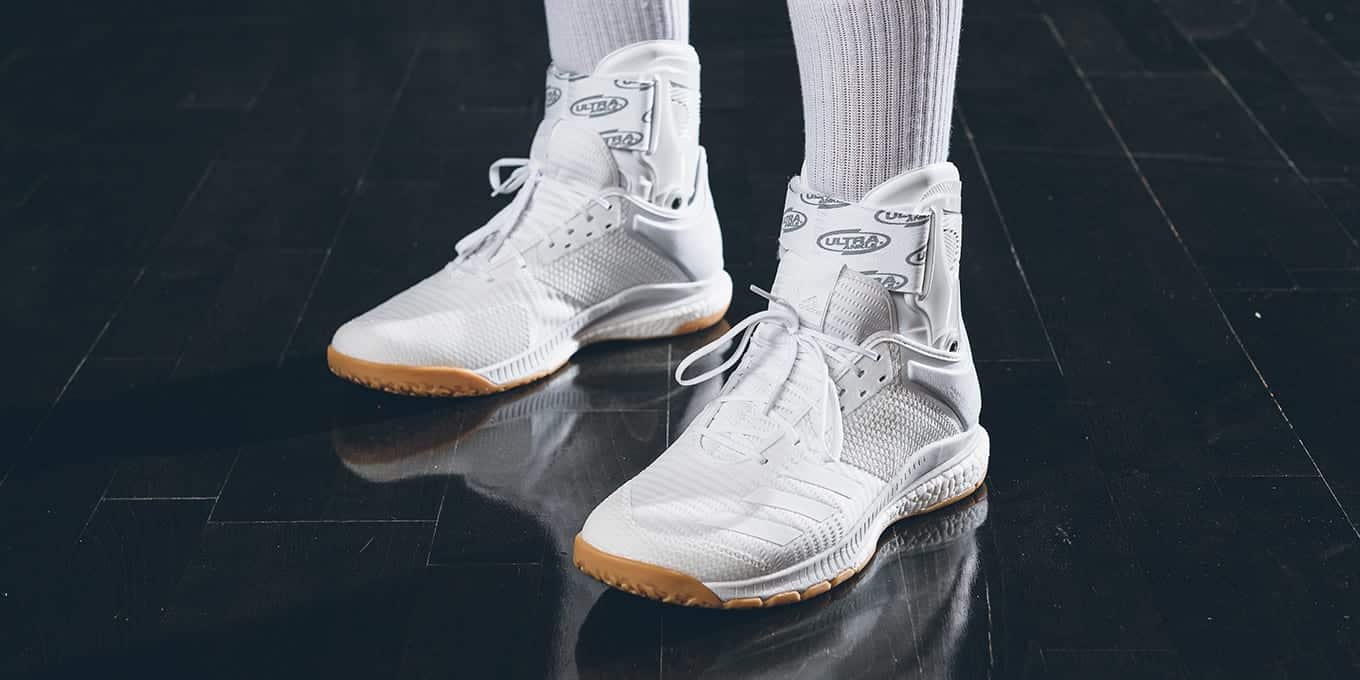
2. Arch Support
Good arch support helps distribute weight evenly and reduces unnecessary pressure on the ankles. Shoes with orthotic inserts can be beneficial.
3. Cushioning
Ample cushioning absorbs shock and reduces stress on your ankles, which is particularly important if you’re walking or running on hard surfaces.
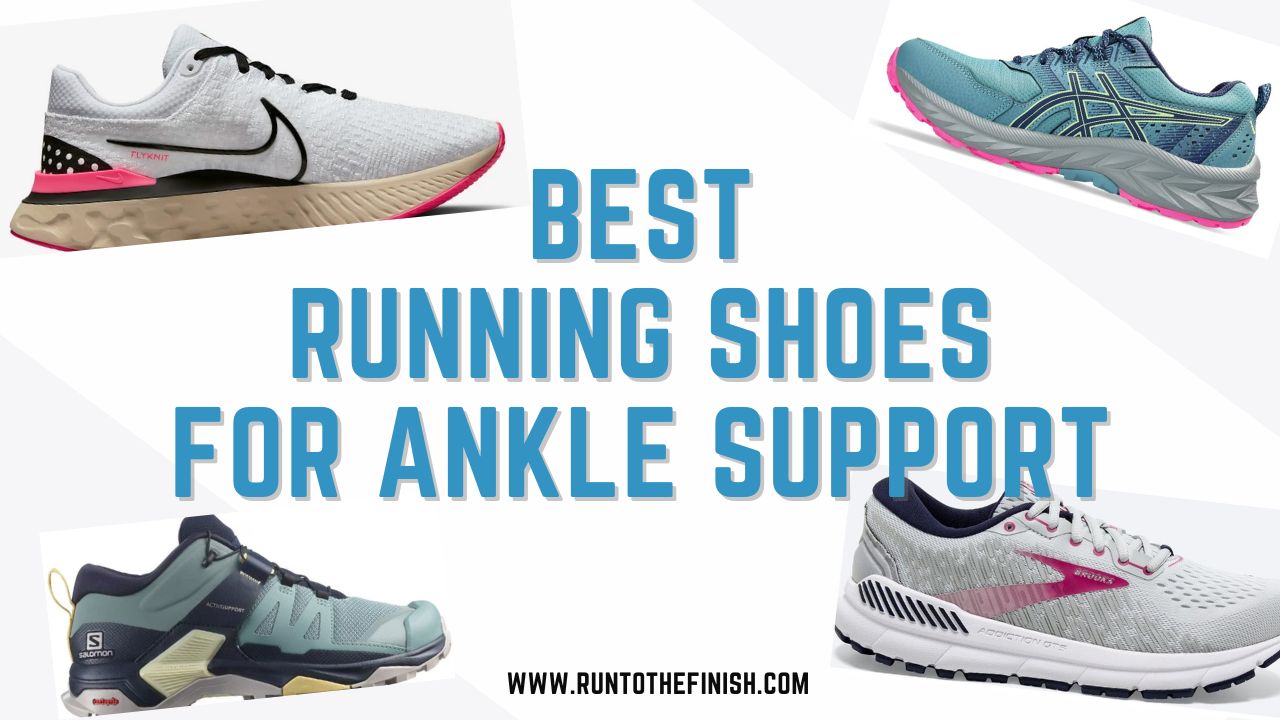
4. Traction and Grip
Choosing shoes with good traction can help prevent slips and falls, providing further stability. Look for rubber outsoles with added grip.
5. Lightweight Design
Heavy shoes can increase fatigue, especially if you already have weak ankles. Opt for lightweight materials that still provide adequate support.
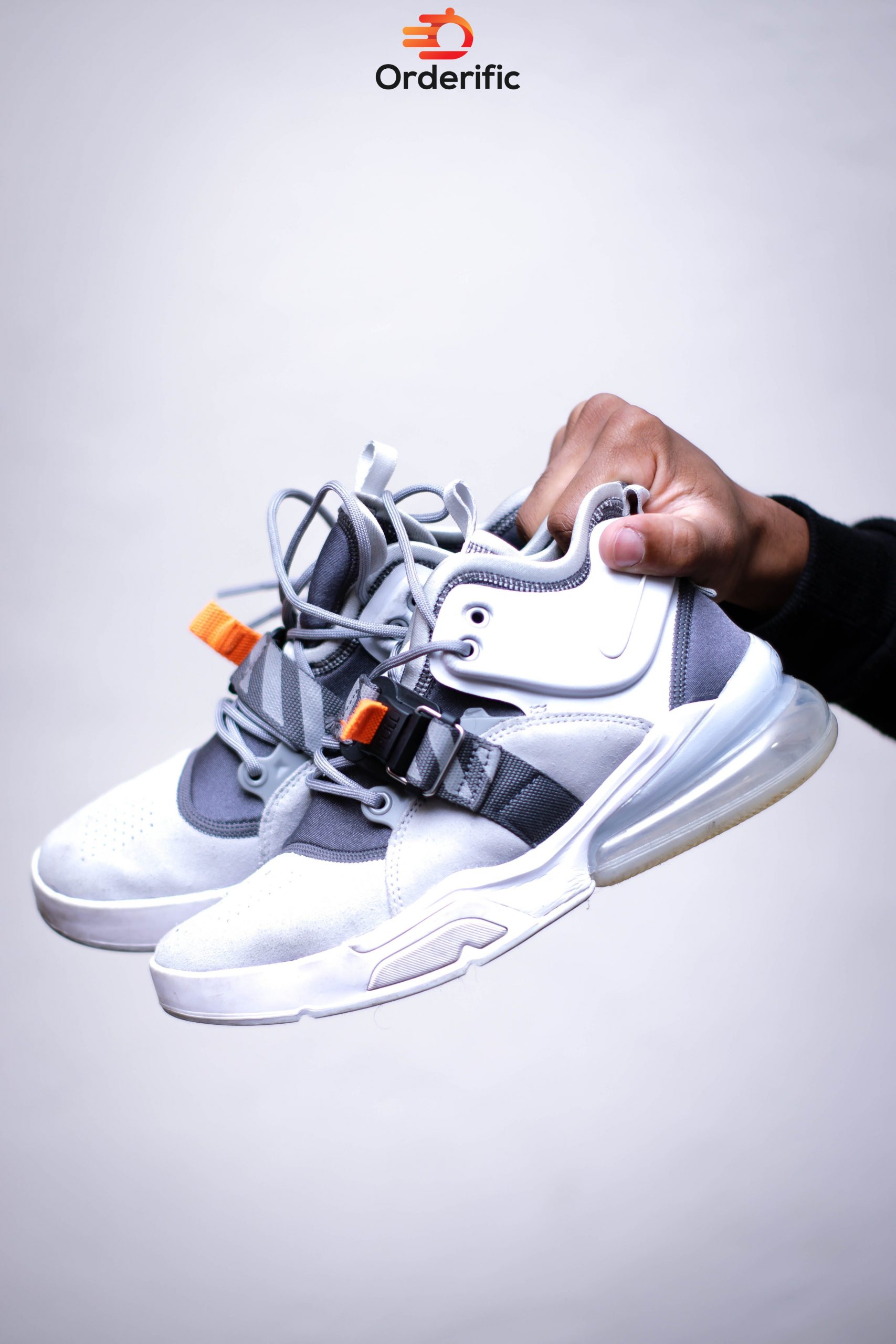
Top Picks for Shoes for Weak Ankles
Now, let’s dive into some of the best options available on the market that cater specifically to those with weak ankles.
1. ASICS Gel-Kayano 28
The ASICS Gel-Kayano 28 is well-known for its excellent cushioning and support. This running shoe features FlyteFoam technology for lightweight comfort and a Gel cushioning system that absorbs shock. The shoe’s stability helps prevent excess pronation, making it suitable for those with weak ankles.

Pros:
- Exceptional cushioning and comfort
- Durable and breathable materials
- Stability features to prevent overpronation
Cons:
- Higher price point
- May require a break-in period
2. New Balance 990v5
The New Balance 990v5 combines classic style with performance. This shoe features a supportive midsole, a roomy toe box, and a durable upper. Ideal for daily wear, the 990v5 offers exceptional cushioning and stability.

Pros:
- Classic design suitable for various occasions
- Excellent cushioning for long walks
- Good for people with wider feet
Cons:
- Can be heavy compared to other models
- Pricey for some budgets
3. Saucony Guide 14
The Saucony Guide 14 is a great option for runners seeking support and comfort. With a PWRRUN midsole, it offers plush cushioning while maintaining stability. The shoes are lightweight and designed for a smooth ride.
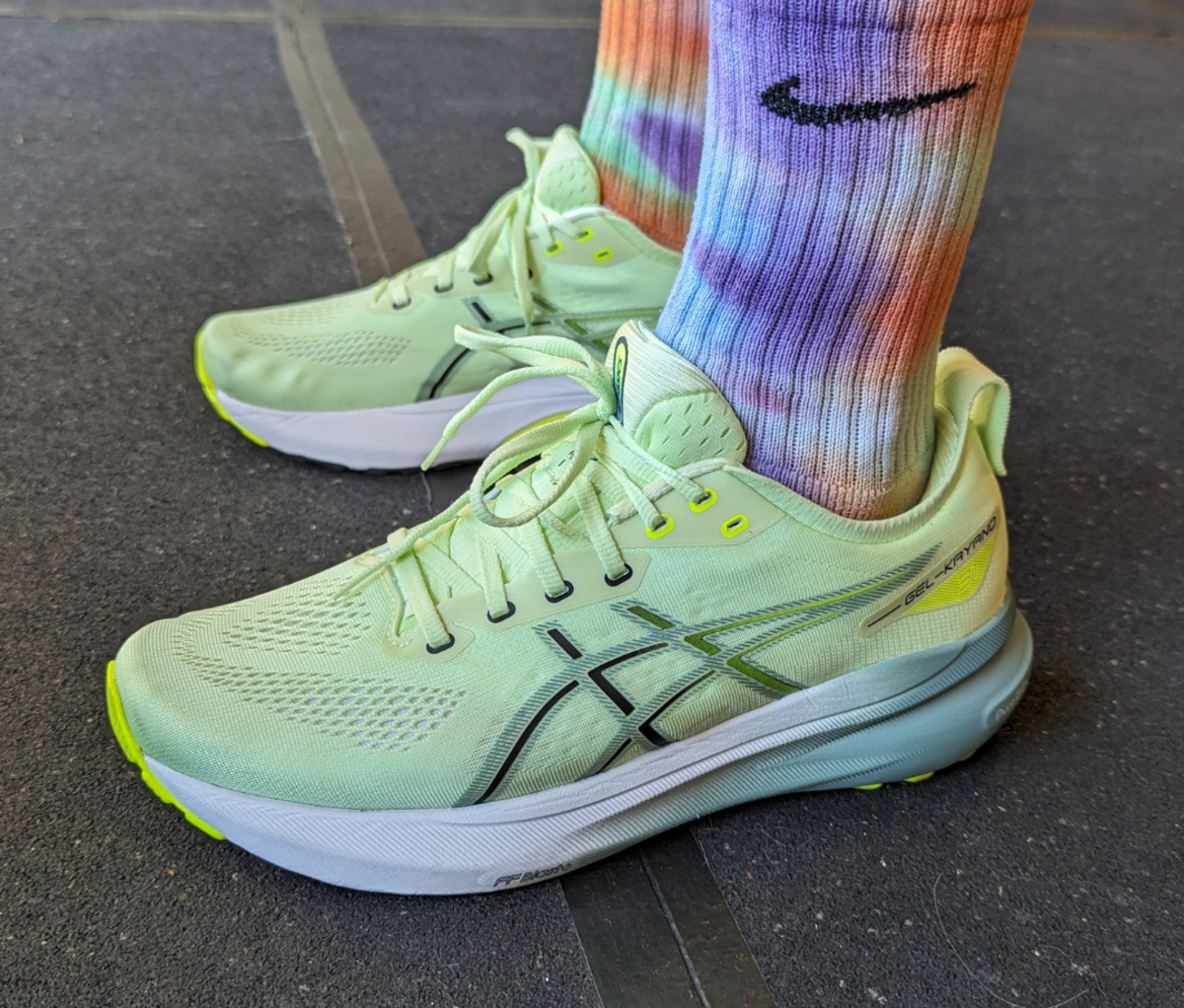
Pros:
- Lightweight design for fatigue-free use
- Responsive cushioning for running
- Good traction and grip
Cons:
- May feel narrow for some wearers
- Less supportive for people with severe instability
4. Brooks Adrenaline GTS 21
The Brooks Adrenaline GTS 21 provides excellent support and is well-regarded for its balance of plush cushioning and stability. It features a GuideRails Holistic Support System, which helps keep your ankles in alignment.
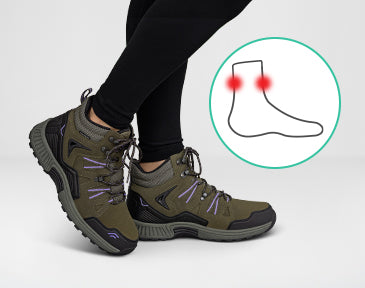
Pros:
- Holistic approach to stability
- Comfortable for long runs
- Available in various widths
Cons:
- Some users report it feeling bulky
- Break-in period may be needed
Comparison Table of Recommended Shoes
| Model | Key Features | Pros | Cons | Price (Approx.) |
|---|---|---|---|---|
| ASICS Gel-Kayano 28 | Cushioned, Stability, Breathable | Comfortable, Durable, Stable | Higher price, Break-in required | $160 |
| New Balance 990v5 | Classic, Supportive, Roomy | Stylish, Excellent cushioning | Heavy, Pricey | $185 |
| Saucony Guide 14 | Lightweight, Responsive | Good grip, Comfortable | Narrow fit, Limited support | $130 |
| Brooks Adrenaline GTS 21 | GuideRails, Supportive | Alignment focus, Comfortable | Bulky feel, Break-in needed | $140 |
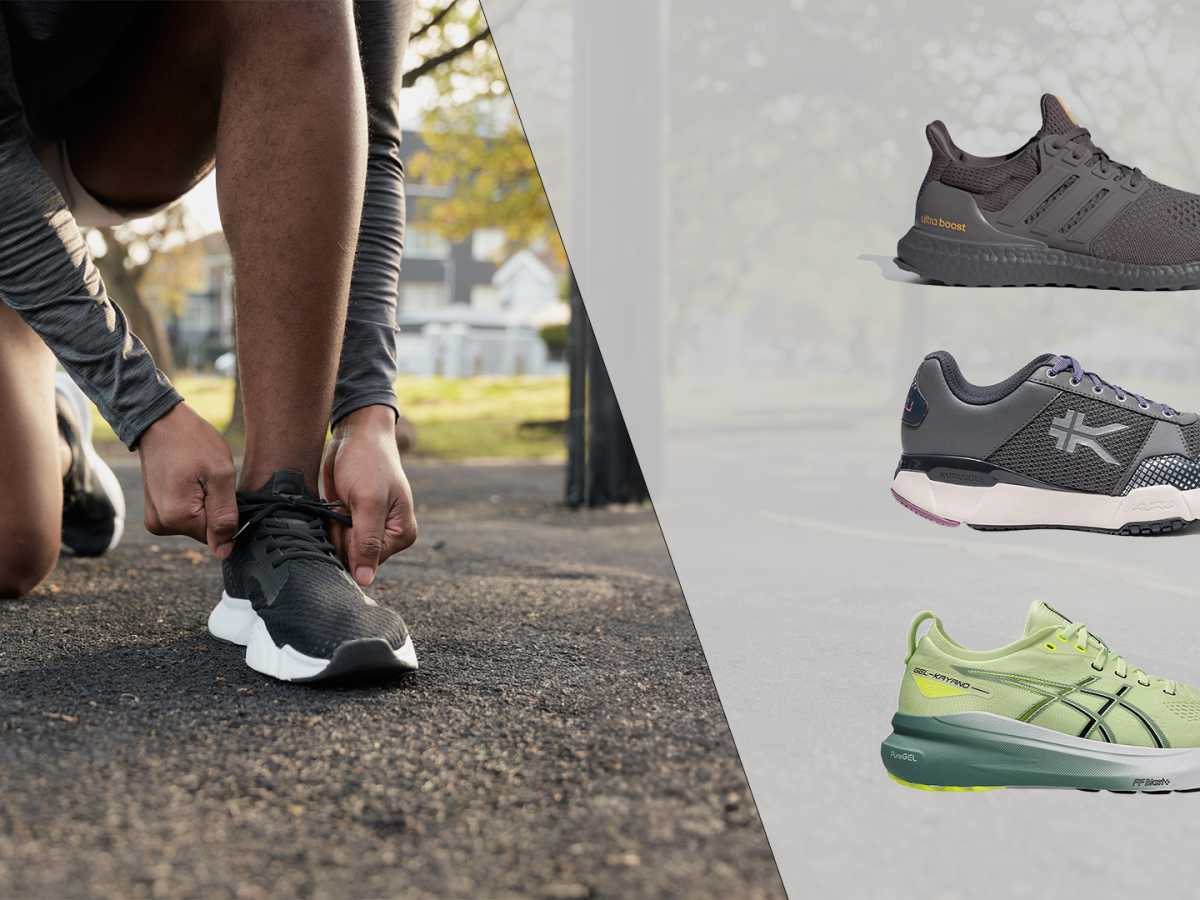
Real-World Experiences
Listening to the experiences of others can help guide your footwear decision. Here are some testimonials from individuals with weak ankles who’ve found relief and support in their shoe choices:
Mary’s Journey with ASICS Gel-Kayano
Mary, an avid runner, suffered from recurrent ankle sprains. After switching to ASICS Gel-Kayano 28, she noted an immediate improvement in comfort and stability. “I feel more secure on my runs, and I haven’t had a single sprain since I made the switch!” she shares.
John’s Experience with New Balance 990v5
John, who spends long hours standing at work, found relief in the New Balance 990v5. He expressed, “The cushioning is fantastic, and my ankles feel much better at the end of the day compared to my old shoes.”
Anna’s Success with Brooks Adrenaline GTS
Anna, a casual walker, opted for the Brooks Adrenaline GTS 21 after experiencing instability in her previous footwear. “The GuideRails really make a difference. I feel like my feet are supported without feeling restrained,” she explained.
Tips for Choosing Shoes for Weak Ankles
Finding the right shoe is essential, but here are some additional tips to help you maximize comfort and reduce the risk of future injuries:
1. Get the Right Fit
Ensure that your shoes provide enough room for your toes and a snug fit around the heel. Visit a specialty store to get your feet measured properly.
2. Try Before You Buy
Always test out shoes in-store if possible. Walk around and pay attention to how the shoes feel. Consider wearing the type of socks you typically use for the best fit.
3. Consider Custom Orthotics
If you find standard shoes are not providing enough support, consider investing in custom orthotic insoles, which can significantly increase the level of support and comfort.
FAQs: Best Shoes for Weak Ankles
1. What are the best types of shoes for weak ankles?
Look for shoes that provide excellent ankle support, cushioning, and traction, such as high-top sneakers, stability running shoes, or shoes designed specifically for those with foot issues.
2. Can I wear sandals if I have weak ankles?
Yes, but be cautious. Look for sandals that have ankle straps and supportive footbeds to ensure stability.
3. How often should I replace my shoes for weak ankles?
Generally, replace your shoes every 300-500 miles or every 6-12 months, depending on wear and tear. Monitoring signs of wear will help you maintain proper support.
4. Are there any exercises to strengthen weak ankles?
Yes, exercises such as ankle circles, toe raises, and balance exercises can help strengthen the muscles around the ankle. Consult a physical therapist for a tailored program.
5. Can wearing the wrong shoes cause weak ankles?
Absolutely. Shoes that lack support or do not fit properly can contribute to instability and increase the risk of injury.
6. Is it necessary to consult a doctor for weak ankles?
If you experience chronic pain or recurrent injuries, it’s advisable to consult with a healthcare professional who specializes in musculoskeletal issues.
7. How can I improve ankle stability?
In addition to proper footwear, you can improve ankle stability through targeted exercises and stretching, focusing on strengthening the muscles around the ankle.
8. Are lace-up shoes better for weak ankles?
Yes, lace-up shoes allow for a more personalized and snug fit, offering more stability than slip-on styles.
9. Do specific brands cater more to weak ankles?
Brands like ASICS, Brooks, and New Balance are known for their designs that prioritize support and stability, making them good options for individuals with weak ankles.
10. Can I use ankle braces with my shoes?
Yes, many people benefit from wearing ankle braces along with supportive shoes. Be sure to choose shoes with enough room to accommodate the brace comfortably.
Conclusion
Choosing the right shoes for weak ankles is a crucial step in maintaining stability and avoiding injury. With the options mentioned above, along with tips on what to look for, you’ll be well-equipped to find a pair that suits your needs. Always consider your unique foot shape and activity level when selecting footwear, and don’t hesitate to consult with a professional for tailored advice. Step confidently into your day knowing that you have the best support for your ankles!
For further reading and resources on ankle health and footwear support, check out the National Institutes of Health and their resources on ankle injuries and rehabilitation.